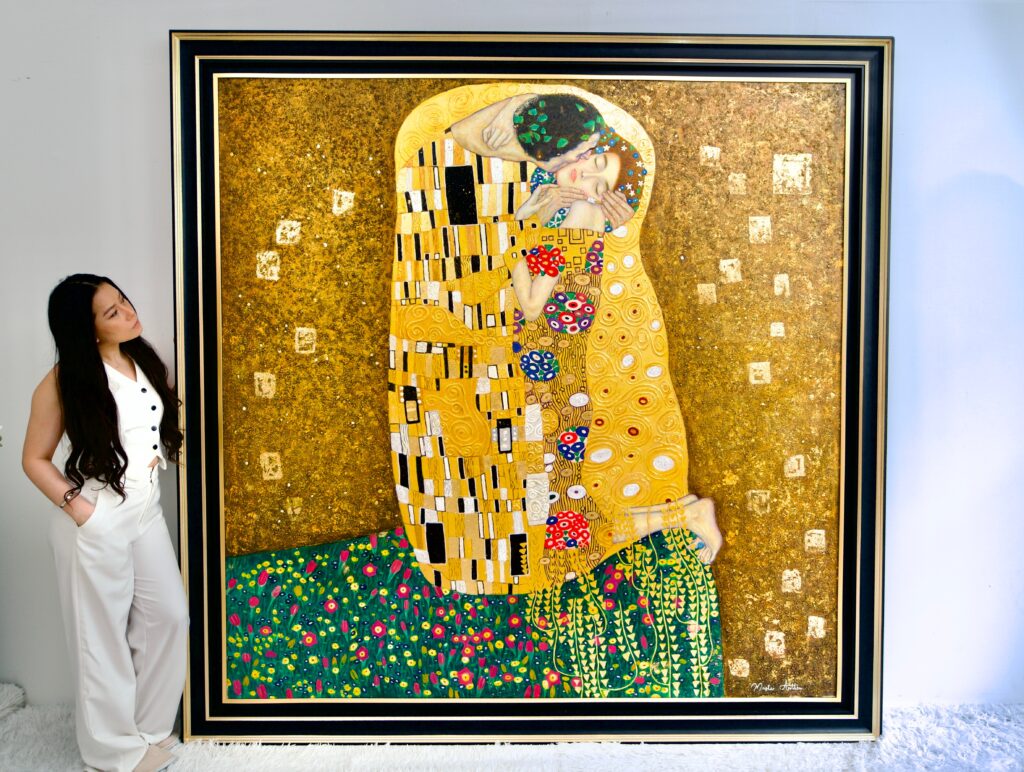Your cart is currently empty!
Celebrate 5 Years of Master Apollon with 15% OFF! 🎉code: MASTER
Description
This oil painting reproduction of Alfred Sisley’s 1864 masterpiece by Pierre-Auguste Renoir is a stunning piece of art that will elevate any space it graces. Crafted with the highest quality materials and meticulous attention to detail, this reproduction captures the essence and beauty of the original painting.
Using a combination of traditional techniques and modern technology, our skilled artisans have recreated every brushstroke and color with precision, ensuring that this piece exudes authenticity and artistic elegance. The rich textures and vibrant hues of the original painting are faithfully reproduced, allowing you to experience the same emotions and inspiration that the artist intended.
Hang this exquisite reproduction in your home or office to instantly transform the atmosphere and create a focal point that will captivate all who enter. The timeless beauty of this piece will add a touch of sophistication and charm to any room, making a bold and impactful statement that reflects your refined taste and appreciation for art.
Whether you are a seasoned art collector or someone looking to add a touch of luxury to your space, this oil painting reproduction is sure to impress and inspire. Bring the beauty of Alfred Sisley and Pierre-Auguste Renoir into your life with this exquisite piece that will evoke emotions, spark conversations, and enhance the aesthetic appeal of your surroundings.
Similar paintings
-
A. Renoir’s Mountains near l’Estaque – Pierre-Auguste Renoir
$1,500.00 – $12,500.00 -
A.Renoir, Landscape – Pierre-Auguste Renoir
$1,500.00 – $13,500.00 -
Acrobats at the Circus Fernando (Alias Francisca and Angelina Wartenberg) – Pierre-Auguste Renoir
$650.00 – $3,600.00 -
Adrienne – Pierre-Auguste Renoir
$650.00 – $3,600.00 -
After the Bath – Pierre-Auguste Renoir
$1,500.00 – $12,500.00

Master Apollon: The Art of Authentic Reproduction
With Master Apollon, rediscover the emotion of the great masterpieces through hand-painted reproductions crafted by real artists. Each canvas is created using premium quality oil paint, carefully applied to capture every detail, every nuance, and every brushstroke of the original. Our passionate and skilled artists work with the precision of master craftsmen to deliver an extraordinary result—worthy of the world’s finest museums.
- 100% Hand-Painted by Professional Artists
- Premium Oil Paint for Rich Texture and Vibrant Colors
- Exceptional Fidelity to the Original Masterpieces
- A High-End Alternative to Mass-Produced Reproductions
Frequently Asked Questions
Why choose Master Apollon over a standard reproduction?
95% of reproductions on the market are cheap copies, often mass-produced in China using low-grade materials. At Master Apollon, every artwork is hand-painted by real artists using premium oil paint. The result? An exceptional finish that stays true to the original, with rich texture and vibrant colors worthy of the great masters.
How are your reproductions made?
Our reproductions are hand-painted by talented and experienced artists. We exclusively use high-quality oil paint and durable canvases to ensure unmatched detail and depth. Each artwork is a unique creation, designed to capture the essence of the original masterpiece.
Can I order a custom reproduction?
Yes! At Master Apollon, we offer custom reproductions. Choose your favorite masterpiece from the classic works, and our artists will recreate it for you. Contact us through our form to discuss your needs and receive a personalized quote.
What are the delivery times and options?
The creation time varies depending on the complexity of the artwork (usually 2 to 4 weeks). Once completed, your reproduction is carefully packaged and shipped promptly worldwide. We will keep you informed at every step to ensure a stress-free experience.
“Say goodbye to cheap reproductions and let Master Apollon bring you excellence. Contact us today to start your artistic journey.”





